Tribological Properties of Al2O3 Nanoparticles as Lithium Grease Additives
Abstract
:1. Introduction
2. Experimental
2.1. Material
2.2. Samples Preparation
2.3. Tribology Test Rig
3. Results and Discussion
3.1. Influence of Al2O3 Nanoparticles on the Friction Coefficient
3.2. Influence of Al2O3 nanoparticles on Wear Scar
4. Conclusions
Author Contributions
Funding
Institutional Review Board Statement
Informed Consent Statement
Conflicts of Interest
References
- Dai, W.; Kheireddin, B.; Gao, H.; Liang, H. Roles of nanoparticles in oil lubrication. Tribol. Int. 2016, 102, 88–98. [Google Scholar] [CrossRef]
- Ahmed, E.; Nabhan, A.; Ghazaly, N.M.; Abd El Jaber, G.T. Tribological Behavior of Adding Nano Oxides Materials to Lithium Grease: A Review. Am. J. Nanomater. 2020, 8, 1–9. [Google Scholar]
- Astakhov, M.V. Ultrafine powders and properties of lubricating oil. Avtomob. Promst. 1994, 2, 23–34. [Google Scholar]
- Radice, S.; Mischler, S. Effect of electrochemical and mechanical parameters on the lubrication behavior of Al2O3 nanoparticles in aqueous suspensions. Wear 2006, 261, 1032–1041. [Google Scholar] [CrossRef]
- Shi, G.; Zhang, Q.M.; Rong, M.Z.; Bernd, W.; Klaus, F. Sliding wear behavior of epoxy containing Nano Al2O3 particles with different pretreatments. Wear 2004, 256, 1072–1081. [Google Scholar] [CrossRef]
- Li, X.H.; Cao, Z.; Zhang, Z.J.; Dang, H.X. Surface-modification in situ of Nano SiO2 and its structure and tribological properties. Appl. Surf. Sci. 2006, 252, 7856–7861. [Google Scholar] [CrossRef]
- Peng, D.X.; Kang, Y.; Hwang, R.M.; Shyr, S.S.; Chang, Y.P. Tribological properties of diamond and SiO2 nanoparticles added in paraffin. Tribol. Int. 2009, 42, 911–917. [Google Scholar] [CrossRef]
- Ma, S.Y.; Zheng, S.H.; Ding, H.Y.; Li, W. Anti-wear and reduce friction ability of ZrO2/SiO2 self-lubricating composites. Adv. Mater. Res. 2009, 79–82, 1863–1866. [Google Scholar] [CrossRef]
- Li, W.; Zheng, S.H.; Ma, S.Y.; Ding, H.Y.; Jiao, D.; Cao, B.Q. Study of surface modification of ZrO2/SiO2 Nano composites with aluminum zirconium coupling agent. Asian J. Chem. 2011, 23, 705–708. [Google Scholar]
- Rawat, S.S.; Harsha, A.P.; Deepak, A.P. Tribological performance of paraffin grease with silica nanoparticles as an additive. Appl. Nanosci. 2019, 9, 305–315. [Google Scholar] [CrossRef]
- Ahmed, E.; Nabhan, A.; Nouby, M.; Abd El Jaber, G.T. Influence of Adding Contaminants particles to Lithium Grease on the Frictional Coefficient. J. Egypt. Soc. Tribol. EGTRIB J. 2017, 14, 15–29. [Google Scholar]
- Samy, A.M.; Ali, W.Y. Developing the tribological properties of lithium greases to withstand abrasion of machine elements in dusty environment. Int. J. Sci Eng. Res. 2013, 4, 1176–1181. [Google Scholar]
- Ahmed, E.; Nabhan, A.; Nouby, M.; Abd El Jaber, G.T. Influence of Dispersing Lithium Grease by Hybrid Nano Titanium and Silicon Oxides on Friction Coefficient. J. Egypt. Soc. Tribol. EGTRIB J. 2018, 15, 61–71. [Google Scholar]
- Zhanjun, L.; Qiang, H.; Sanming, D.; Yongzhen, Z. Effect of few layer graphene additive on the tribological properties of lithium grease. Lubr. Sci. 2020, 32, 333–343. [Google Scholar]
- Qiang, H.; Wang, T.; Qu, H.; Zhang, Y.; Li, A.; Kong, L. Tribological and rheological properties of nanorods–Al2O3 as additives in grease. Proc. Inst. Mech. Eng. Part J J. Eng. Tribol. 2019, 233, 605–614. [Google Scholar] [CrossRef]
- Li, B.L.; Li, Z.G.; Gao, Z.L. Experimental study on tribological performance of lithium grease containing various nano-particles as reconditioned additives. Lubr. Eng. 2007, 2, 150. [Google Scholar]
- Li, B.L.; Li, Z.G.; Luo, G.Z.; Jiang, Q.Y. Experimental study of tribological properties of various nanoparticles as additive in lubrication of lithium grease. J. Dalian Railw. Inst. 2006, 3, 9. [Google Scholar]
- Jiao, D.; Zheng, S.; Wang, Y.; Guan, R.; Cao, B. The tribology properties of alumina/silica composite nanoparticles as lubricant additives. Appl. Surf. Sci. 2011, 257, 5720–5725. [Google Scholar] [CrossRef]
- Luo, T.; Wein, X.; Huang, X.; Huang, L.; Yang, F. Tribological properties of Al2O3 nanoparticles as lubricating oil additives. Ceram. Int. 2014, 40, 7143–7149. [Google Scholar] [CrossRef]
- Padgurskas, J.; Rukuiza, R.; Prosyčevas, I.; Kreivaitis, R. Tribological properties of lubricant additives of Fe, Cu and Co nanoparticles. Tribol. Int. 2013, 60, 224–232. [Google Scholar] [CrossRef]
- Nabhan, A. Vibration analysis of adding contaminants particles and carbon nanotubes to lithium grease of ball bearing. Vibroeng. Proc. 2016, 8, 28–32. [Google Scholar]
- Mohamed, A.; Osman, T.A.; Khattab, A.; Zaki, M. Tribological Behavior of Carbon Nanotubes as an Additive on Lithium Grease. J. Tribol. 2015, 137, 1–5. [Google Scholar] [CrossRef]
- Dong, J.X.; Hu, Z.S. A study of the anti-wear and friction-reducing properties of the lubricant additive, nanometer Zinc borate. Tribol. Int. 1998, 31, 219–223. [Google Scholar] [CrossRef]
- Battez, A.H.; González, R.; Viesca, J.L.; Fernández, J.E.; Fernández, J.D.; Machado, A.; Chou, R.; Riba, J. CuO, ZrO2 and ZnO nanoparticles as antiwear additive in oil lubricants. Wear 2008, 265, 422–428. [Google Scholar] [CrossRef]
- Battez, A.H.; Rico, J.F.; Arias, A.N.; Rodriguez, J.V.; Rodriguez, R.C.; Fernandez, J.D. The tribological behaviour of ZnO nanoparticles as an additive to PAO6. Wear 2006, 261, 256–263. [Google Scholar] [CrossRef]
- Tarasov, S.; Kolubaev, A.; Belyaeva, S.; Lerner, M.; Tepper, F. Study of friction reduction by Nano copper additives to motor oil. Wear 2002, 252, 63–69. [Google Scholar] [CrossRef]
- Lee, K.; Hwang, Y.; Cheong, S.; Choi, Y.; Kwon, L.; Lee, J.; Kim, S.H. Understanding the Role of Nanoparticles in Nano-oil Lubrication. Tribol. Lett. 2009, 35, 127–131. [Google Scholar] [CrossRef]
- Alazemi, A.A.; Etacheri, V.; Dysart, A.D.; Stacke, L.E.; Pol, V.G.; Sadeghi, F. Ultrasmooth Submicrometer Carbon Spheres as Lubricant Additives for Friction and Wear Reduction. ACS Appl. Mater. Inter. 2015, 7, 5514–5521. [Google Scholar] [CrossRef]
- Stott, F.H. The Role of Oxidation in the Wear of Alloys. Tribol. Int. 1998, 31, 61–71. [Google Scholar] [CrossRef]
- Liu, G.; Li, X.; Qin, B.; Xing, D.; Guo, Y.; Fan, R. Investigation of the mending effect and mechanism of copper nano-particles on a tribologically stressed surface. Tribol. Lett. 2004, 17, 961–966. [Google Scholar] [CrossRef]
- Abdo, J.; Al-Sharji, H.; Hassan, E. Effects of nano-sepiolite on rheological properties and filtration loss of water-based drilling fluids. Surf. Interface Anal. 2016, 48, 522–526. [Google Scholar] [CrossRef]
- Gupta, R.N.; Harsha, A.P. Tribological evaluation of calcium-copper-titanate/cerium oxide-based nanolubricants in sliding contact. Lubr. Sci. 2018, 30, 175–187. [Google Scholar] [CrossRef]
- Gupta, R.N.; Harsha, A.P. Antiwear and extreme pressure performance of castor oil with nano-additives. Proc. Inst. Mech. Eng. Part J J. Eng. Tribol. 2017, 232, 1055–1067. [Google Scholar] [CrossRef]
- Chang, H.; Lan, C.W.; Chen, C.H.; Kao, M.J.; Guo, J.B. Anti-wear and friction properties of nanoparticles as additives in the lithium grease. Int. J. Precis. Eng. Manuf. 2014, 15, 2059–2063. [Google Scholar] [CrossRef]
- Lee, S.; Choi, S.U.-S.; Li, S.; Eastman, J.A. Measuring thermal conductivity of fluids containing oxide nanoparticles. J. Heat Transf. 1999, 121, 280–285. [Google Scholar] [CrossRef]
- Abdo, J.; Tahat, M. The effect of frequency and amplitude of vibration on the coefficient of friction for metals. Tribol. Int. 2008, 41, 307–314. [Google Scholar]
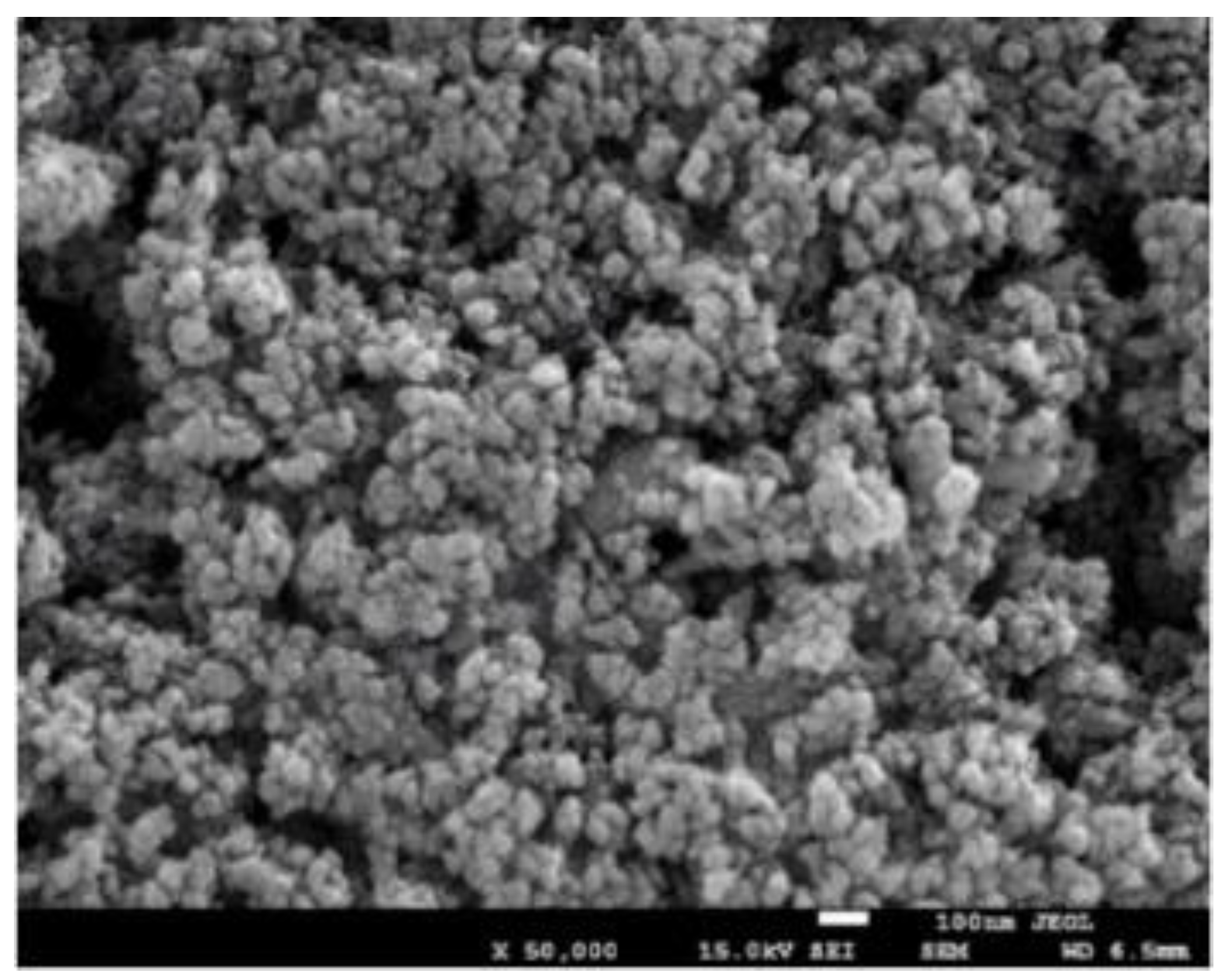
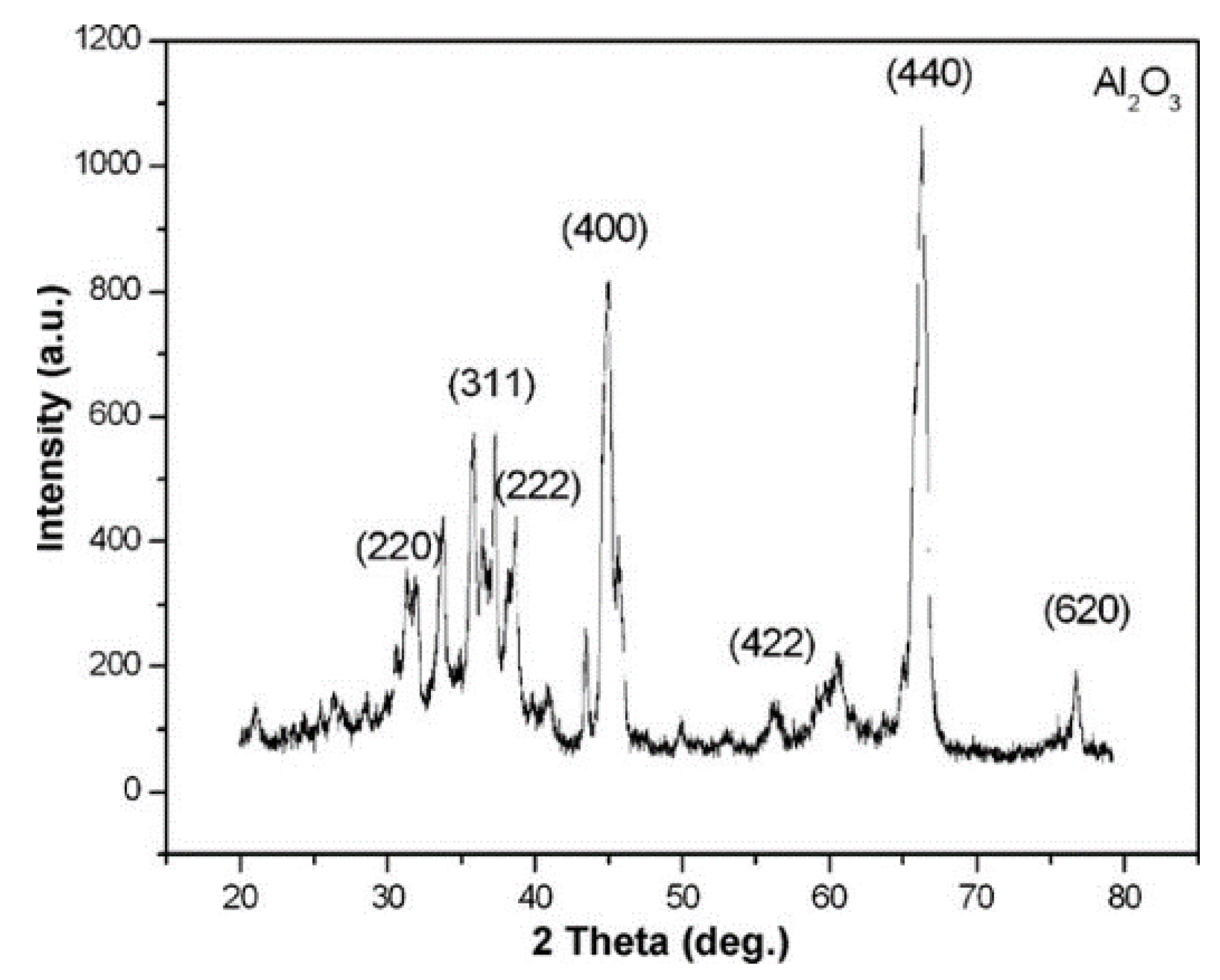
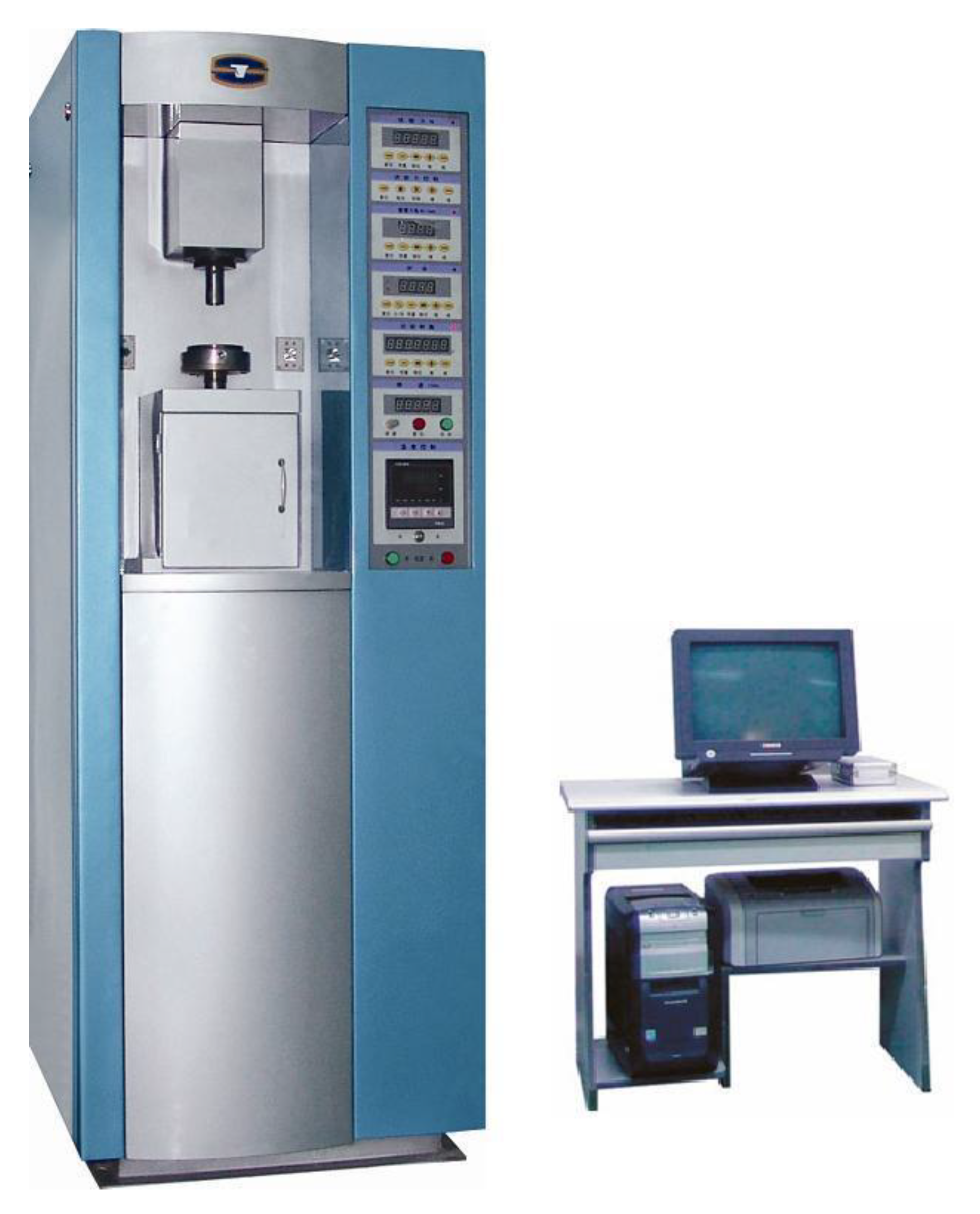
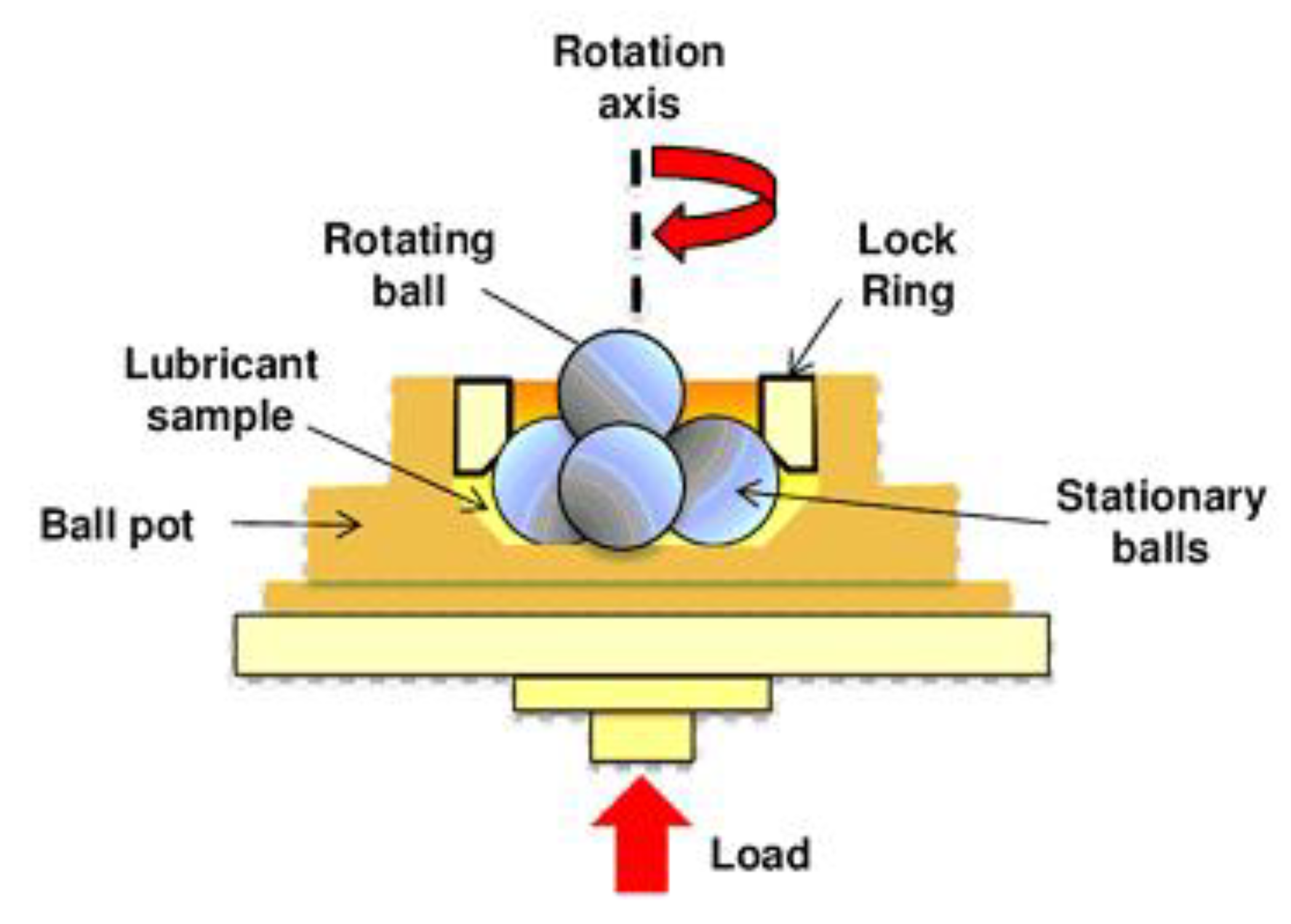


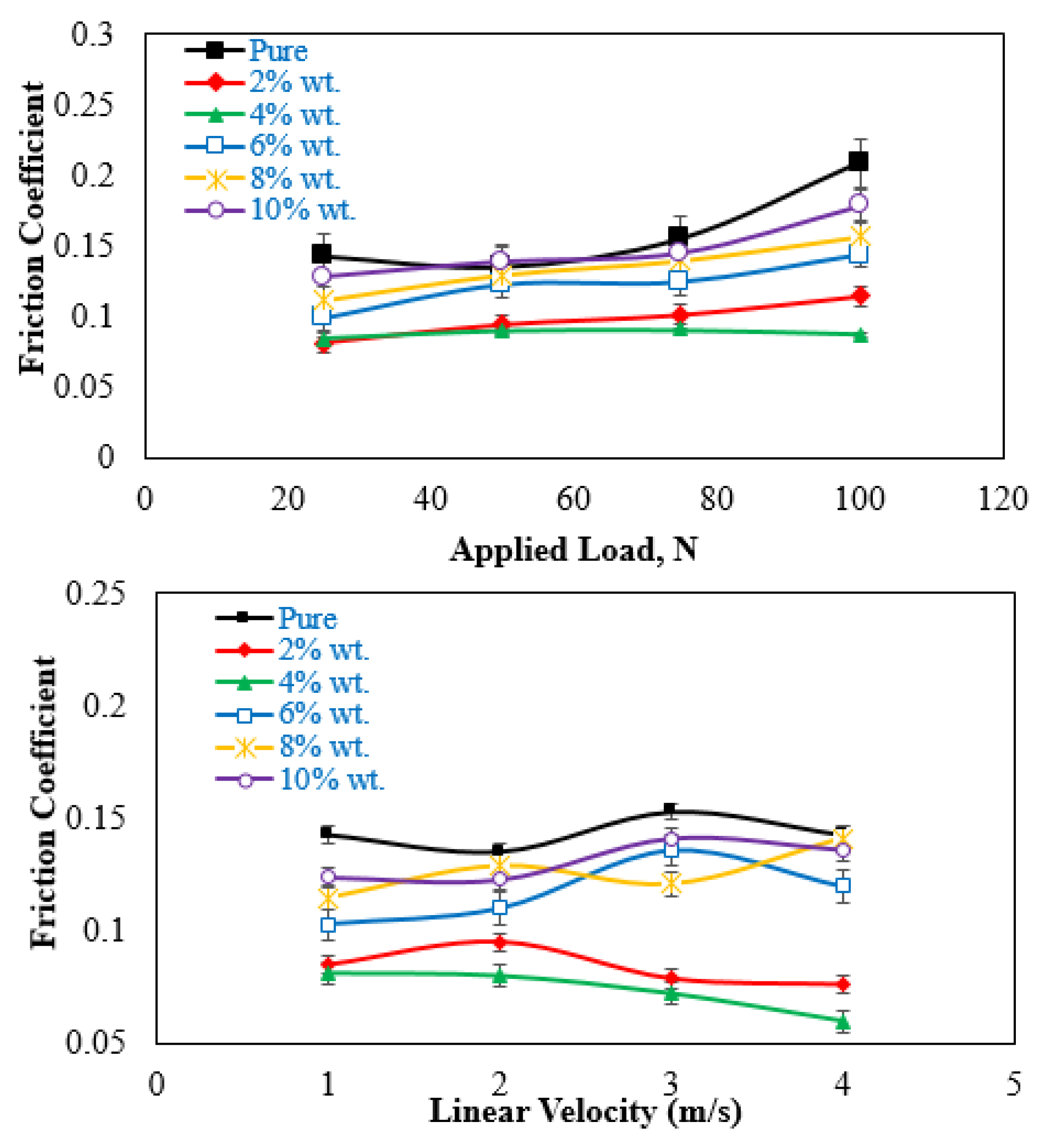


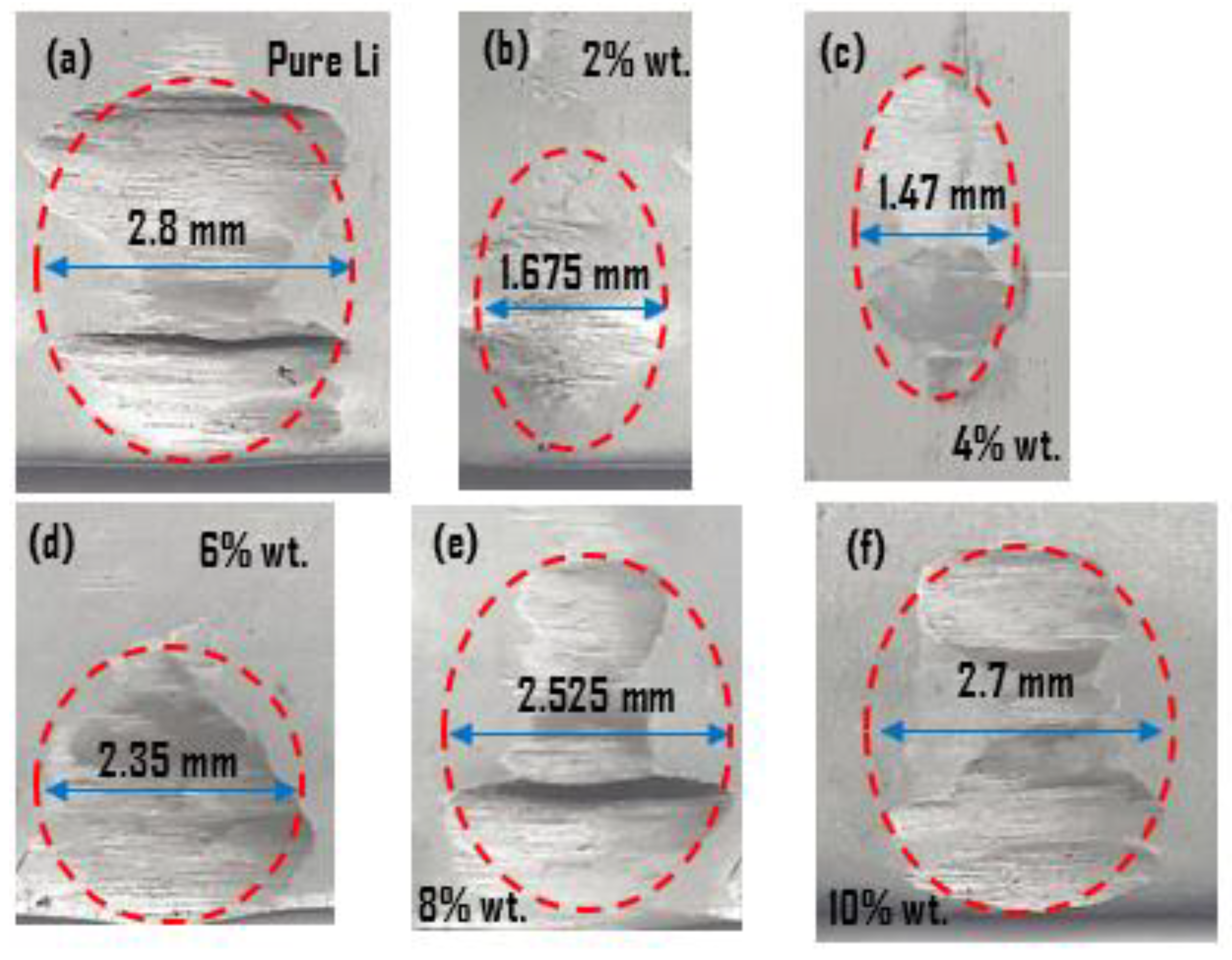

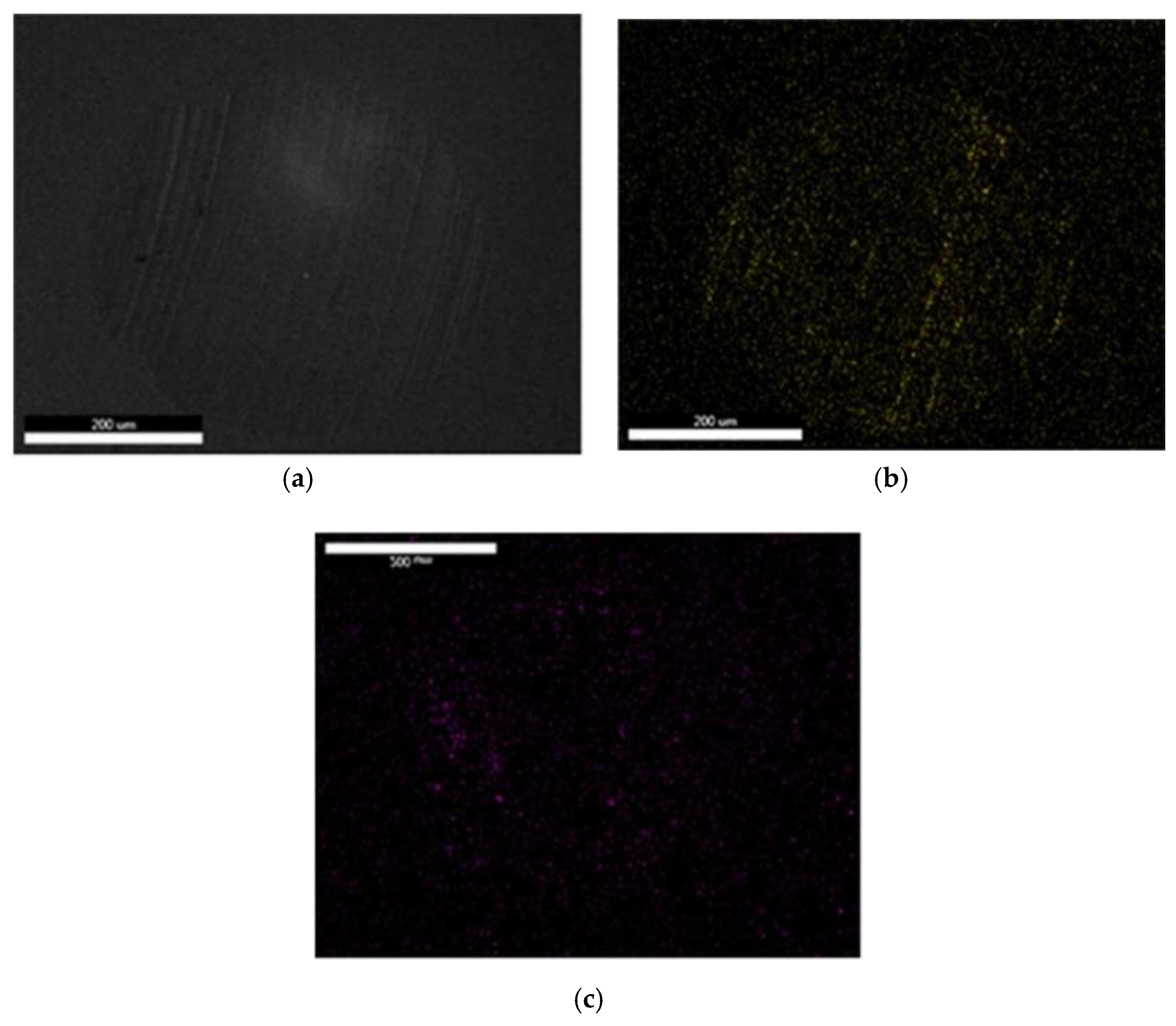


Publisher’s Note: MDPI stays neutral with regard to jurisdictional claims in published maps and institutional affiliations. |
© 2021 by the authors. Licensee MDPI, Basel, Switzerland. This article is an open access article distributed under the terms and conditions of the Creative Commons Attribution (CC BY) license (http://creativecommons.org/licenses/by/4.0/).
Share and Cite
Nabhan, A.; Rashed, A.; Ghazaly, N.M.; Abdo, J.; Haneef, M.D. Tribological Properties of Al2O3 Nanoparticles as Lithium Grease Additives. Lubricants 2021, 9, 9. https://doi.org/10.3390/lubricants9010009
Nabhan A, Rashed A, Ghazaly NM, Abdo J, Haneef MD. Tribological Properties of Al2O3 Nanoparticles as Lithium Grease Additives. Lubricants. 2021; 9(1):9. https://doi.org/10.3390/lubricants9010009
Chicago/Turabian StyleNabhan, Ahmed, Ahmed Rashed, Nouby M. Ghazaly, Jamil Abdo, and M. Danish Haneef. 2021. "Tribological Properties of Al2O3 Nanoparticles as Lithium Grease Additives" Lubricants 9, no. 1: 9. https://doi.org/10.3390/lubricants9010009
APA StyleNabhan, A., Rashed, A., Ghazaly, N. M., Abdo, J., & Haneef, M. D. (2021). Tribological Properties of Al2O3 Nanoparticles as Lithium Grease Additives. Lubricants, 9(1), 9. https://doi.org/10.3390/lubricants9010009




